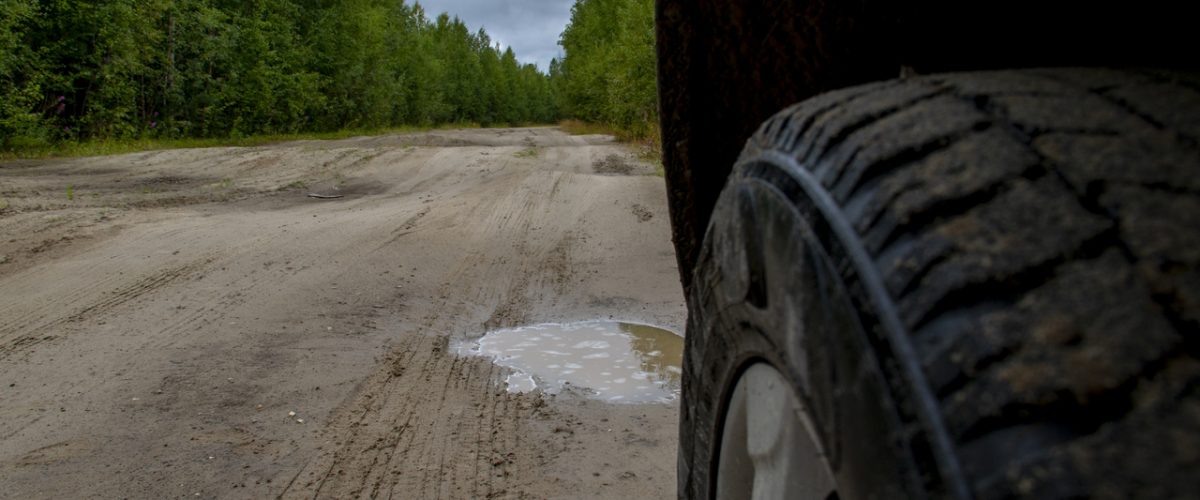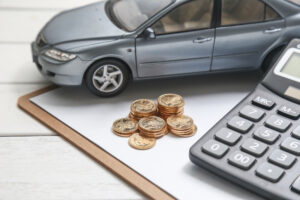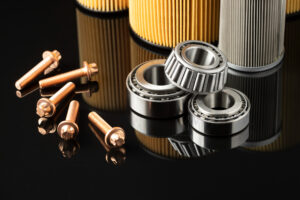It is important to be alert to the warning signs that your wheels might be out of alignment.
Uneven tread wear is a sign of a car which has been driven over a long period of time on misaligned tyres. Often, the inner tyre tread wears down quicker and more smoothly than that of the outer section of the tyre, which usually has plenty of outer tread left on it. Of course, the opposite of this is true and it could be the outer section which wears out sooner than the inner section of the tyre. The result, however remains the same in that the tyres would need to be replaced sooner rather than later.
Your driving behaviour will decide how often your vehicle requires wheel alignment. In order to preserve the wheel alignment on a vehicle, avoid potholes, climbing curbs, and parking up against curbs. If you have to climb a curb, do it very slowly and at a slight angle.
When Do I Need To Consider Wheel Alignment?
Alignment should be checked every 10,000 km or 6 months, whichever occurs first unless you know that you have hit a pothole, or some other object; in which case it should be done immediately as a precaution.
Other facts drivers should know about wheel alignment:
- A proper wheel alignment should best start and end with a test drive.
- The front end and steering linkage should be checked for wear before performing an alignment.
- The tyres should all be in good shape with even wear patterns.
- If you have a tyre with excessive camber wear and you correct the alignment problem, the tyre will only make partial contact with the road.
- Pulling problems are not always related to wheel alignment. Problems with tyres (especially unequal air pressure), brakes and power steering can also be responsible.
How is Wheel Alignment Performed?
A camera unit (sometimes called a “head”) is usually attached to a specially designed clamp which holds on to a wheel. There are usually four camera units in a wheel alignment system (a camera unit for each wheel). The camera units communicate their physical positioning with respect to other camera units to a central computer which calculates and displays how much the camber, toe and caster are misaligned.
Often with alignment equipment, these “heads” can be a large precision reflector. In this case, the alignment “tower” contains the cameras as well as arrays of LEDs. The system flashes one array of LEDs for each reflector whilst a camera centrally located in the LED array “looks for” an image of the reflectors patterned face. These cameras perform the same function as the other style of alignment equipment, yet alleviate numerous issues prone to relocating a heavy precision camera assembly on each vehicle serviced.
In conclusion – More attention should be given to wheels and tyres as requirements for safe driving. Tyres allow you to start, stop and change direction and are the only components which keep your vehicle in contact with the road’s surface.
If we compromise their ability to perform these basic functions we put ourselves and other road users at risk. Have your wheel alignment checked periodically byt a professional from a tyre specialist.






